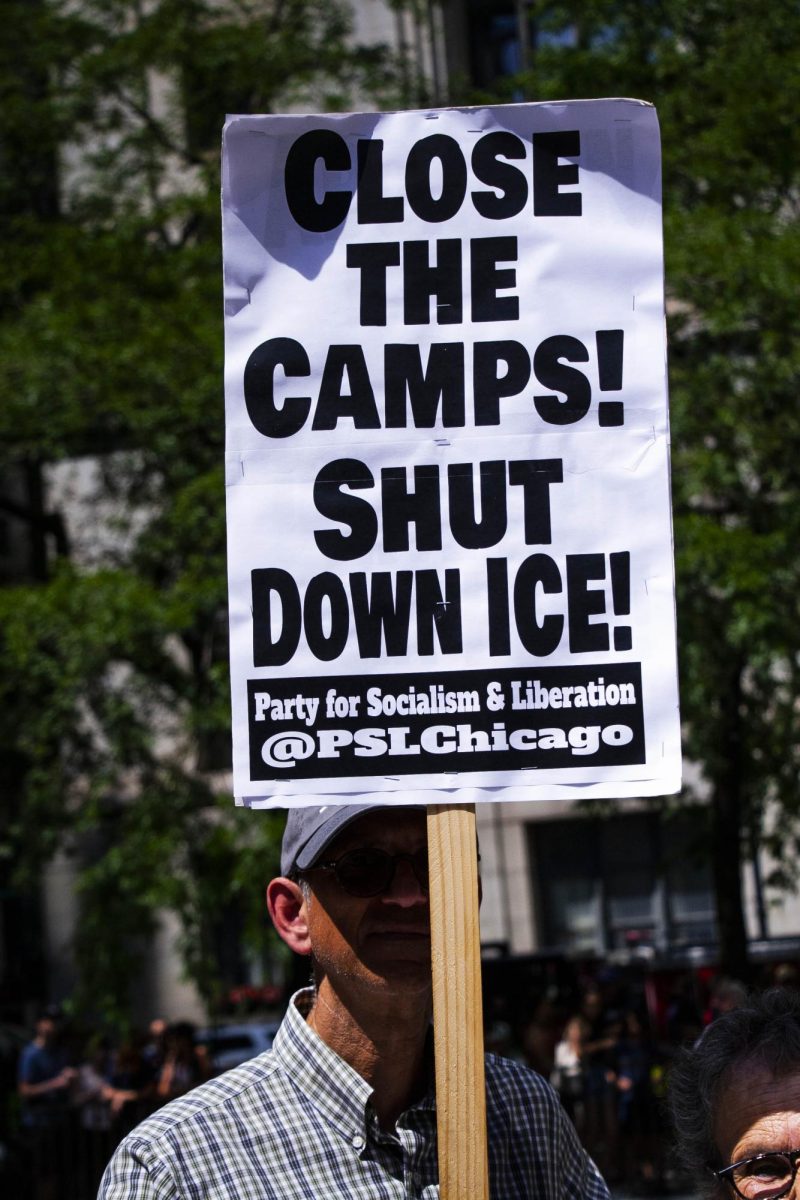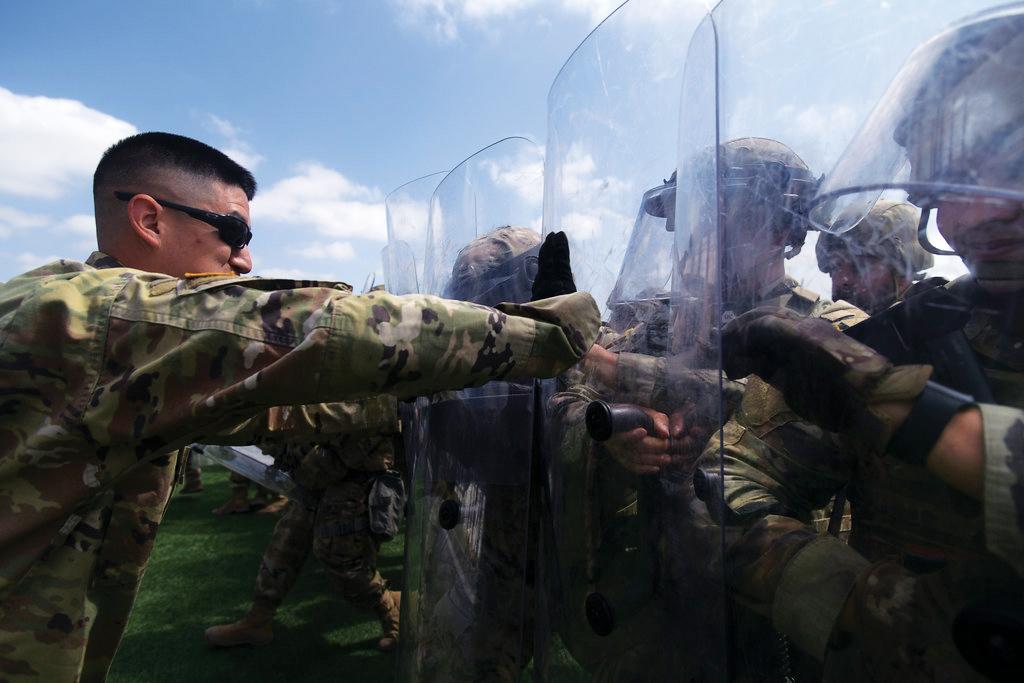Keilah Davis | Managing Editor
NC State’s Bias Incident Response Team (BIRT) will release its first annual report in the coming weeks. The report will include the number of incidents reported through BIRT, as well as incidents referred to BIRT through other campus offices.
A preliminary report shows that most of the incident reports were generated by students and that the most prevalent issue was free speech and expression.
BIRT is “a process and system through which persons can report offensive incidents of bias on and around campus that may or may not violate any institutional policy or code of conduct,” said Reggie Barnes, the senior director of campus community centers and BIRT coordinator. “We address those things that don’t violate.”
BIRT was officially launched on April 4, 2017 and received its first unofficial report on December 22, 2016.
According to BIRT’s website, a bias incident is defined as “any activity that intimidates, demeans, mocks, degrades, marginalizes, or threatens individuals or groups based on that individual’s or group’s actual or perceived protected class.” BIRT’s online reporting form is available for students, faculty and staff to report bias incidents.
Peer institutions like Michigan State, University of Florida, Texas A&M and University of Arizona have their own systems for reporting bias incidents. According to Barnes, NC State used these institutions as a framework when developing BIRT.
“There was already a structure when I first got here, but in doing benchmarking for all of our peer institutions and institutions around the country that have this type of program, we saw that in order to satisfy the needs of the campus, it was necessary to make some changes to that structure,” Barnes said.
Unlike other reporting units on campus, BIRT is not an investigative body. Any incidents reported to BIRT are reviewed by the Initial Review Team (IRT), which is composed of staff members from offices like the Office of Student Conduct, General Counsel and Equal Opportunity.
The IRT determines if reported incidents may require any investigation. If so, the report is directed to the appropriate investigative bodies and the case is subject to the respective office’s procedures. If not, then Barnes responds to the report and coordinates any additional follow-up. This usually includes reaching out to the involved parties with the option of a mediated conversation.
“The intention of our processes is different,” Barnes said. The purpose of investigative bodies “is to investigate, to figure out why certain things happen. We (BIRT) just look at the impact of the things that happen.”
The Secondary Response Team (SRT) is a large network of individuals spread across campus that, when necessary, are available to provide direct support to those impacted by reported incidents. These individuals represent offices like University Housing, the Counseling Center, Disability Services Office and Human Resources’ Employee Relations.
According to Barnes, so far the SRT “has not been as active because nothing has warranted a large response by the university.”
“The process enables the university to better support those who are impacted by bias incidents and to design appropriate educational interventions to improve campus climate, which is the part that’s in the works now,” Barnes said.
BIRT has faced some challenges during its inaugural year. During the first few months after its official launch, some incidents were reported to other campus offices, which lead to multiple offices investigating or addressing a single incident.
However, the preliminary report has recommended action strategies based on initial data.
Those recommendations include adding faculty representatives to the IRT and SRT, and adding a BIRT statement to course syllabi.
“Up until now we’ve only had staff members [on the IRT]. We are identifying a faculty member and student representatives now.”
According to Barnes, an associate director of campus community centers will be hired by the end of this semester. Their responsibilities will include developing restorative practices for those impacted by bias incidents.
Barnes’ long term goal is to have preventative practices on the front-end of incidents in addition to restorative practices after incidents occur.
Thus far, no individuals who were reported for bias incidents have volunteered to come in for a conversation with Barnes. According to Barnes, this is expected.
“We’re hoping more people will be more willing to have these difficult conversations,” Barnes said.
Quantitative data is also important in evaluating the effectiveness of BIRT.
“We’re hoping that our numbers increase,” Barnes said. “That would be an indicator that, at the least, more people are finding out about it, more people are understanding the purpose of it, and that the cases that are coming in are indicative of what we do.”
For more information on BIRT, visit bias-incident.ncsu.edu. To report a bias incident, visit go.ncsu.edu/report2birt.





